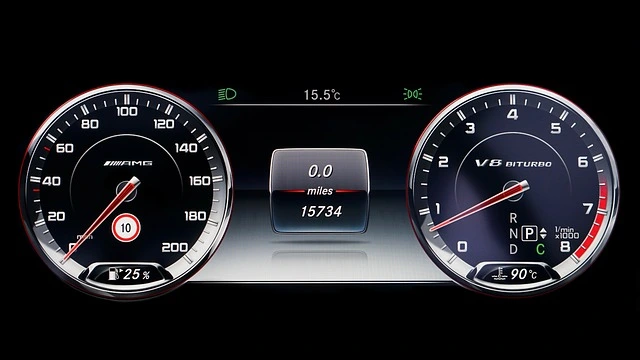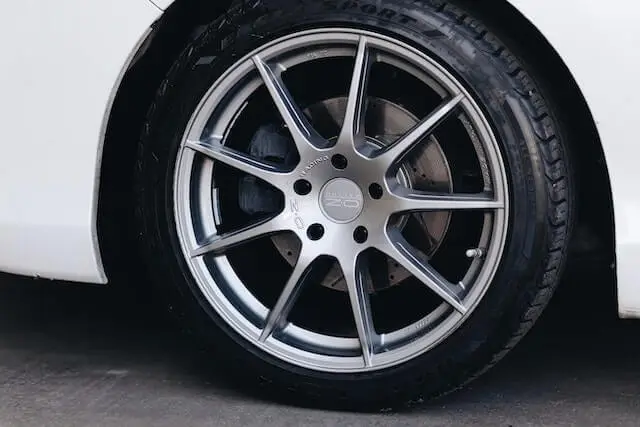Being a driver isn’t simply about filling up the gas tank, navigating from point A to point B, and avoiding traffic jams. Most car owners have also developed various sets of skills over the years. But one of the most helpful ones is knowing how to change a flat tire and overcome unexpected roadside emergencies.
If you notice that your tire has deflated, you should pull over to a safe spot right away and turn on the hazard lights. Next, you should loosen the lug nuts with a wrench before you jack up the car. Place the jack under the car and lift it until the tire is off the ground, take off the lug nuts and the old tire, and then put on the spare. After that, you should tighten the lug nuts and lower the car back down to the ground, and drive carefully to the nearest shop to have it checked.
Why It Is Important to Know a Few Things About the Car
If you are a beginner behind the wheel, you may believe that a driver should simply master driving at night and during the day, parking, and filling the gas. However, you will soon notice that as you drive, you come to learn a few things about your four-wheeler, sometimes even unwillingly. You will come to recognize some of the sounds it makes and distinguish if anything is out of the ordinary.
As you handle your vehicle on a daily basis, you also start to develop a certain set of skills – one of them being handy in changing a flat by yourself or even changing a tail light. But why is it important to know how to do these things? As crucial as it is to cut down car expenses in the process, these tasks are simple enough that most of us can handle them by ourselves and overcome unexpected emergencies.
Flats rarely appear when we are parked safely in our garage or in front of our house. Mostly, they will get punctured somewhere on the road, and we will start noticing that we are not able to handle our car with ease. So, no matter whether you’re in your best suit or in high heels, you should use the tire repair kit and handle the issue.

Will I Notice Right Away if I Have a Flat
Noticing a flat while you’re parked is easy because your car will lean to the side, or you’ll simply see that the tire is deflated. However, this problem may arise even while you’re behind the wheel. So, not only is it important to regularly clean your steering wheel, but it’s also crucial to learn how to notice anything out of the ordinary while you handle it during a drive. Here’s how it usually goes:
- You may feel and hear a vibration and a thump.
- Right after it, there should be a noticeable flapping noise, heard loudly over the sound of the engine.
- If the flat is located on one of the front wheels, you might feel that your steering wheel is slightly pulling to the right or left, depending on where the punctured tire is.
- Shimmying or shaking through the steering wheel is also a sign that the front tires are deflated, and it causes the vehicle to be unbalanced.
- The steering wheel may also be less responsive due to the low pressure in one of the tires.
There Are Some Warning Signs, Too
Once you’re out and about, a deflated tire is definitely something you won’t appreciate. But sometimes, these occurrences can be prevented if you regularly inspect your wheels before you start driving in Los Angeles or any other traffic-packed city. The warning signs you can see on your tires include a worn tread or bulging and blistering spots. Most extremely, you will see some noticeable sagging or flatness. There will also be some excessive vibration while you are driving, and the tire pressure warning light should be active.
Tire Pressure Monitoring System (TPMS) Is a Handy Addition
The main purpose of TPMS (tire pressure monitoring system) is to notify you that one or more tires are seriously under-inflated, which counts as unsafe driving conditions. If you have TPMS in your car, you can notice an indicator on the instrument panel of the dashboard. It’s a yellow sign in the form of a wheel cross-section (which looks like a horseshoe,) including an exclamation point that flashes when the tire pressure is low. Having this system installed can help you overcome driving anxiety with ease.

What Can Be the Cause of Deflated Tires?
Although your tires might become deflated because your ex is angry with you and has a handy pocket knife in the pocket, we’re pretty sure these things mostly happen in some of the best car movies rather than in real life. So, to avoid figuring out what to do with a totaled car because you’ve smashed it due to deflated tires, you should know the causes.
Can I Move My Vehicle if I Have a Flat?
Once you notice that one of your tires has deflated, you should immediately maneuver safely off the road and address the problem. However, you might not have the opportunity to do so in some situations. In such cases, it’s necessary to drive your car a short distance to a place where you can pull out safely and work on your issues. Remember, if you continue driving with an underinflated tire, you could cause serious damage to your vehicle and put all the passengers at risk.
Can I Just Fill It With Some Air?
If you notice that one of your tires has been deflated, you can try refilling it with air and continue to drive it until you take it for an inspection at a tire shop. However, this will only hold if there is no puncture in the tire itself. If there’s a puncture, it won’t hold the air, but a smaller puncture point can cause a slower leak which you might not notice right away. So, the best thing to do is to take your vehicle to a repair shop to have it checked. The professional team is not only versed in replacing U-joints – they can quickly determine if your tires are in good condition, too.

How to Change a Flat Tire
Once you do notice that you’ve got a flat tire or even a somewhat deflated one, you should spot the safest place near you where you can pull over and avoid driving in such a condition any further. There are no conventional tires that are designed to support the car’s weight safely when such a thing occurs.
If you don’t notice that the air pressure in your tires is low, the edges of the wheel rim can press into the sides of the rubber, and it can damage it beyond repair and leave you in a dangerous situation. You might know how to clean seat belts or even how to disconnect the car alarm, but here’s what to do with a flat tire in a few steps.
The Best Repair Kits for Your Tires on the Market
There are a few things to keep in your car that can help you avoid all kinds of tricky situations, and a tire repair kit should be among these things. Here are the best kits that can be found on the market currently.
| Brand | Outline | Pros | Cons |
| ARB Universal Heavy-Duty Tire Repair Kit | This tire repair kit is extremely useful and prepares you for all kinds of situations. It was made for tough tires and quick, lasting repairs. | Useful for off-road vehicles, motorbikes, cars, and more. Has long-lasting, robust plugs and durable tools. | It’s only handy for tubeless tires. |
| Boulder Tools | This tire repair kit is inexpensive, very simple to use, and comes with patches for all common tire issues. It just takes a few minutes to apply. | Repairs rips and flats. Patches of various sizes and forms are included, and it comes with metal scuffers and patch glue. | Best used on smaller tires. |
| AUTOWN Tire Repair Kit | AUTOWN’s Tire Repair Kits are crafted from top-grade, purified steel. These kits have been improved by AUTOWN to meet rigorous audit criteria and can effectively mend even the most resilient tires available in the market. | Includes patches and tire plugs, insertion tools, tire rasps, and rubber cement. It’s great for portable storage. | Requires strength, and the plugs are complicated to use and seal. |
There’s Never a Good Time to Get a Flat, But Better Be Prepared
As a driver, you will experience some great things, including smooth roads, great weather, and some of the best US cities to drive in. But there are also some mishaps and emergencies that can occur (like having a flat or trying to open a frozen car door,) and that’s why it’s better to be ready and well-prepared. Having an additional repair skill or two can come in handy, and handling a flat can help you at least get safely to a repair shop to have it fixed professionally.








